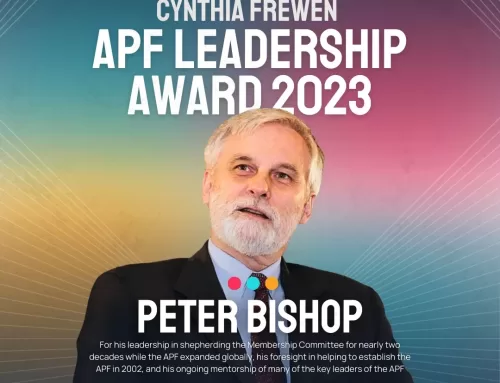This past week’s returns for “futurist” in media included some nice articles. Aside from several speaking events featuring Jack Uldrich, notably one alongside Condoleezza Rice, returns included Harvard graduate and Webbmedia Group founder Amy Webb’s rundown of what it means to be a futurist, a look at biologically integrated technology futures from Singularity University’s own Nell Watson, and an interesting look at Chris Barnatt of Nottingham University’s review of TCT show on 3D printing, among other things.
“What, Exactly, Is A Futurist?” asks founder of Webbmedia Group Digital Strategy and Harvard grad, Amy Webb. Webb notes that titles are becoming nothing and everything at once in the tech industry, citing such gems as “Rockstar Engineers, Tech Monkeys, Curators of Awesome, Directors of Chat Marketing, and Chief Ninjas.” Futurist, she says, is along these new lines. Webb says that the current “wave” of futurists is the third in history (“Ray Kurzweil, Michio Kaku, and Aubrey de Grey”), referencing the 40’s (“Ossip Flechtheim”) and 60’s (“Arthur C. Clarke, Herman Kahn, Anthony J. Weiner, Theo Gordon, M.S. Iyengar, Eric Jantsch, Yujiro Hayashi, Daniel Bell, Bertrand de Jouvenel, and Alvin Toffler”) as the other two “waves” of futurists. Futurists, according to Webb, live on the fringe, and good futurists know how to look for marginal trends, which will move into the mainstream in time.
Nell Watson, educated at Singularity University, is a “futurist, engineer, and tech entrepreneur” who delivered a talk at the Biohacker Summit in Helsinki, Finland, which is available in the form of a very nice video. Watson delivers her talk on the evolution of technology beginning with life itself, noting the comparative timely explosion of life and evolution once initiated. Watson walks through past information storage and into the new era of computing referencing spintronics, neurosynaptic chips, and ionic fluids which learn and compute at the same time, 3D printed meat, DNA origami, nanobots capable of detecting and destroying leukemia cells, engineered virus capable of engineering tiny transistors, bacteria that actually eat electrons rather than sugar and can be used to generate bioelectricity, and much more. I found her talk fascinating and energizing as she swept me along her phenomenal understanding of current and future developments blurring the lines between biology and technology.
Finally, CEO and consulting futurist, Rohit Talwar of Fast Future talks about the future of business and jobs. I found his subject provocative as he discussed the impact of “sharing” business models, automation, and increased human longevity in the future. According to Talwar, there is research that indicates that 30-80% of today’s jobs will be gone in the next 10-20 years, and we will rely on “harnessing the power of young people to conceive new ideas” in order to save the job market. This student feels that’s a lot of pressure. — Will Williamson
About Futurists in Media: The Houston Foresight program is tracking, collecting and analyzing mentions of futurists in the media in order to gather evidence for how we are being talked about in order to inform a potential strategic response.


